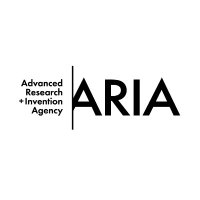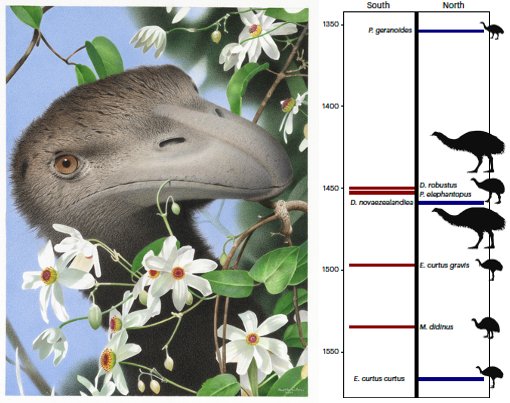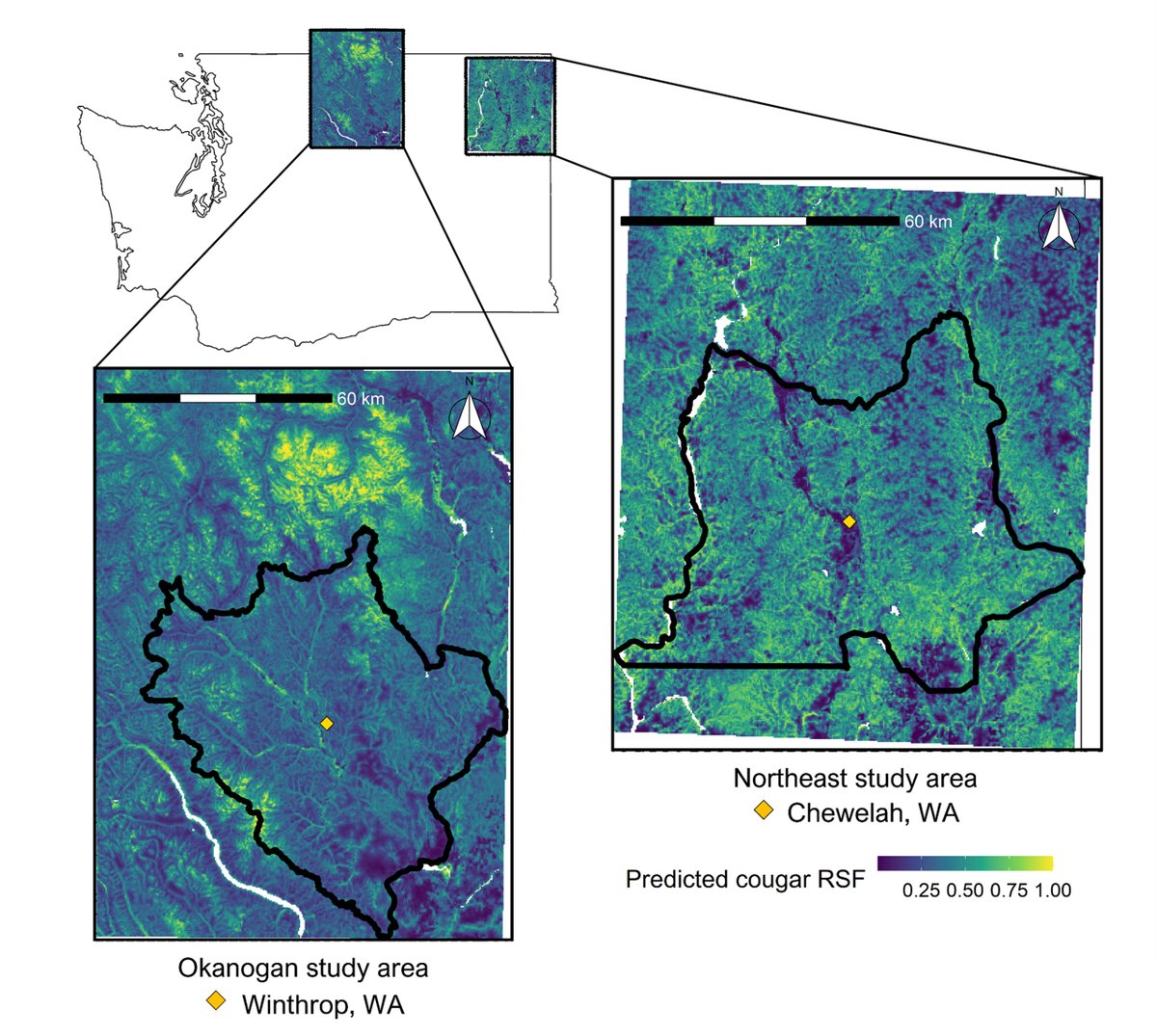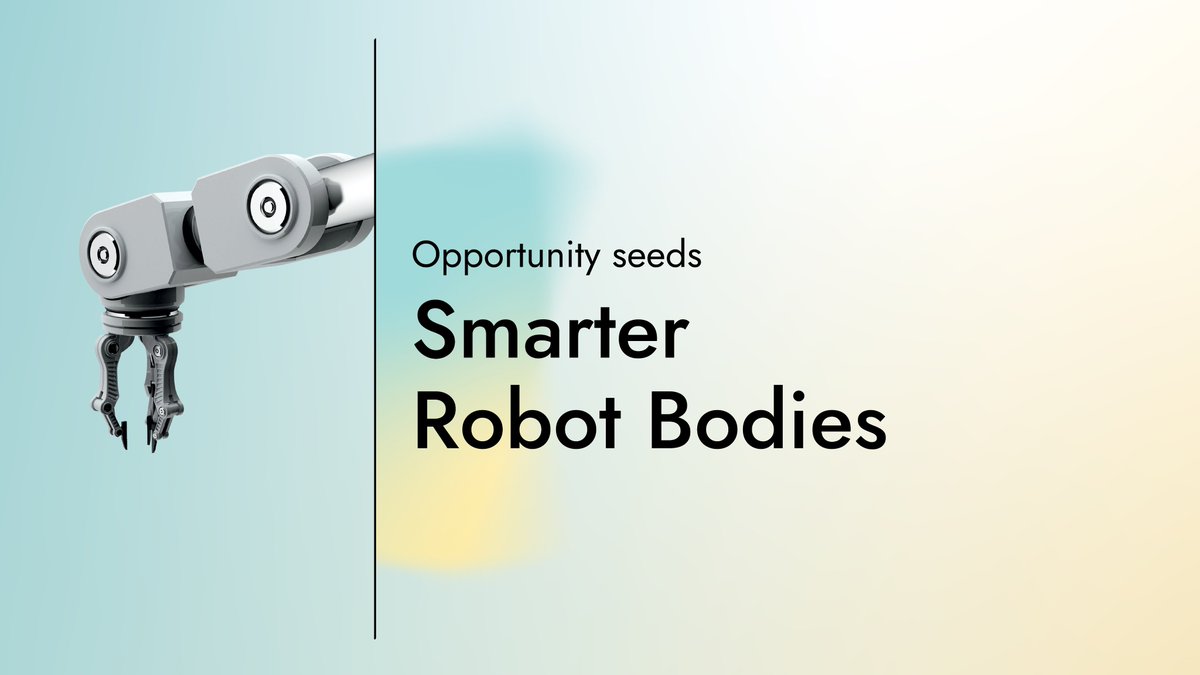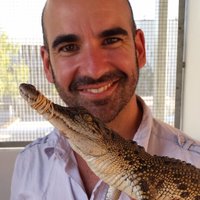
Christofer Clemente
@cclemente4
comparative biomechanics, physiology and evolution of kangaroos, lizards, frogs and insects. Associate professor University of the Sunshine Coast #usceduau
ID: 2597653111
http://biomechanicsdownunder.blogspot.com 01-07-2014 08:26:55
1,1K Tweet
1,1K Followers
1,1K Following

Just came across this amazing animated video by The Linnean Society of London showcasing our research on iguana locomotion. We compared the biomechanics of running in Green, spiny tailed and Marine iguanas to see if there was an influence of habitat on movement! youtube.com/watch?v=qoMiHd…

Could giant extinct kangaroos hop? Maybe so... tune in to the ABC Catalyst series featuring some of our research Christofer Clemente (and who doesn't want to listen to Hugh Jackman lovely voice) UQ Medicine UQ News UniSC: University of the Sunshine Coast abc.net.au/news/science/2…
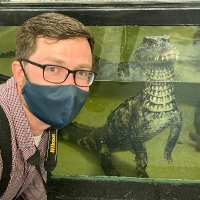

Scientists have found Komodo dragons, the largest lizards in the world, have iron coated teeth. Aaron LeBlanc (Dentistry, Oral & Craniofacial Sciences at King's) says the study gives us clues to how dinosaurs like the T-rex may have ripped apart their prey #ScienceatKings Read more⬇️ theguardian.com/environment/ar…


Komodo dragons have iron -coated teeth!! It was amazing to be part of this team led by Aaron LeBlanc - showing that this iron coat in komodo (and in other varanid lizards!) might help keep these teeth sharp UniSC: University of the Sunshine Coast nature.com/articles/s4155…

New paper->Rethinking the physiological cross-sectional area of skeletal muscle reveals the mechanical advantage of pennation doi.org/10.1098/rsos.2… ..we use geometric models to highlight the mech. advantage of a pennate design & clear the air on some PCSA confusion Christofer Clemente


A nice write up by UniSC: University of the Sunshine Coast on our fun project on the advantage of muscle pennation with changes in muscle shape. With Robert Rockenfeller, Michael Gunther and Taylor Dick usc.edu.au/about/unisc-ne…
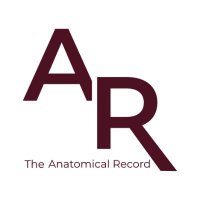
Domestication of dogs changed not only their facial muscle morphology but also how these muscles function. Dogs have ~100% fast-twitch muscle fibers, enabling quick facial expression movements while wolves have less than 50%. By Anne Burrows et al.: doi.org/10.1002/ar.255…

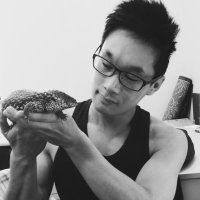
Human musculoskeletal simulations not only predict the optimal body mass for speed in humans 🏃, but also all mammals 🐆! Christofer Clemente et al suggest mass-speed represents general rules & not the result of phylogenetic or other ecological factors | nature.com/articles/s4146…


Our new paper is out in Nature Communications We used predictive musculoskeletal simulations based on OpenSim models, scaled in size from mice to elephants, and reveal mechanistic links between speed, posture and energetics rdcu.be/dVZIy Christofer Clemente Friedl De Groote UQ News


Ever wondered what a dwarf racing a giant would look like? Our (Taylor Dick and Friedl De Groote) new paper simulated humans moving at masses from 0.1 kg to 900 kg. We use them to understand the biomechanical limits to speed as mass increases. youtu.be/CcLKcLCADnw?si…

Short write up using #NatureComms blog post feature on our paper exploring the limits of speed and size. With Taylor Dick and Friedl De Groote communities.springernature.com/posts/of-dwarf…
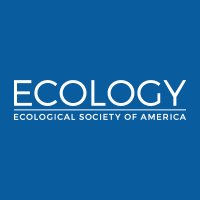



Our latest paper intersected archeology and biomechanics - a first look at striking biomechanics of some Australian Aboriginal weapons Griffith Health x Australian Research Centre for Human Evolution Claudio Pizzolato David John Saxby Bradley Cornish

🎃🕷️Just in time for Halloween: A really cool short movie about our spider sleep research Universität Konstanz Zukunftskolleg by Luke Groskin for Scientific American 🕷️💤 Thanks Luke! Totally worth the wait ;) youtube.com/watch?v=BTccp_…

How fast are modern day human compared with our ancestors? This The Conversation - Australia + New Zealand article explores speed and body size in human predictive simulations based on our Nature Communications paper with Taylor Dick Friedl De Groote theconversation.com/not-too-big-no… v
